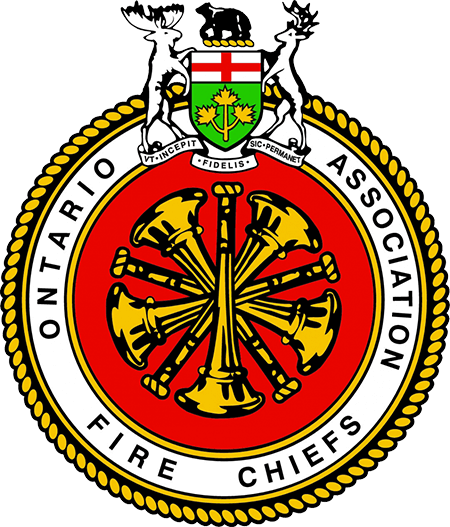Fire Extinguishers
In the event of a small, contained fire, having a fire extinguisher handy to eliminate the blaze is important. But it’s also important to understand how to properly use a fire extinguisher before a blaze occurs. Here are some other fire extinguisher tips:![]()
- Look for the ABC rating: Consider purchasing an extinguisher that has an ABC rating. This type can be used on most types of fires.
- Remember the acronym PASS: Pull the pin; Aim the nozzle at the base of the fire; Squeeze the trigger; Sweep the extinguisher from side to side until it is empty.
- Store it correctly. Store the extinguisher in plain view, out of the reach of children and away from stoves and heating appliances.
- Only use on small, contained fires. Never let the fire get between you and the exit. Most fire extinguishers empty in less than 30 seconds. If the fire is not out by then, leave the premises immediately and call the fire department. Note: Many stovetop fires can be safely extinguished without the use of a fire extinguisher. Slide a lid over the pot to smother the flames and turn off the stove.
- Ensure at least one fire extinguisher is located in the kitchen. Install other extinguishers as needed. If you have other obvious ignition sources (e.g. wood-burning stove or fireplace, basement or garage workshop), then place an extinguisher between the hazard and the nearest exit, so that you never get trapped when retrieving your extinguisher.
Limitations of Fire Extinguishers
Portable fire extinguishers have limited applications against small fires. When used properly, an extinguisher can save lives and property by putting out a small fire or containing it until firefighters arrive. Fire extinguishers do not replace the need to call the fire department. Always call 9-1-1 first when a fire occurs, no matter how small.
Types of Fire Extinguishers
There are three basic classes of fire extinguishers. Fire extinguishers must be labelled to show the class of fire they can extinguish.
- Class A: Ordinary combustibles such as paper, wood, rubbish, drapes and upholstery. Generally, class A fires are those that are safe to have water applied.
- Class B: Flammable liquids such as gasoline, oils, solvents, paints and flammable gases.
- Class C: Electrical fires involving Class "A" or Class "B" materials with live electrical power - overheated wiring, fuse boxes, stoves, motors, etc.
The extinguisher must be tested and listed by The Underwriters' Laboratories of Canada (ULC). Look for the ULC label on the extinguisher.
Be certain that you use the correct type of extinguisher for the fire you are fighting. If you use the wrong type of extinguisher, you can endanger yourself and even make the fire worse. Numbers are also used with letters for extinguishers labelled for class A and B fires. The larger the number, the larger the fire the extinguisher can put out. Extinguishers rated ABC Multipurpose provide the required protection for all of the above types of fire.
Fire Extinguisher Maintenance
Extinguishers require regular care. Learn how to inspect your extinguisher by reading your operator's manual. Follow the manufacturer's maintenance instructions. Remember to recharge reusable extinguishers and replace disposable models after every use.
